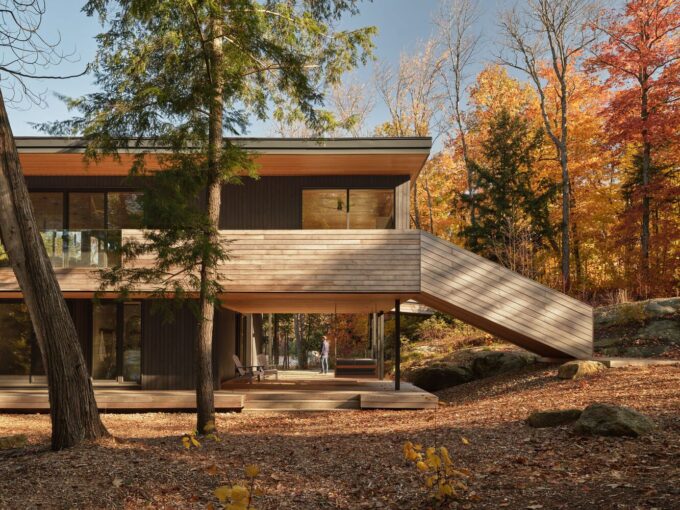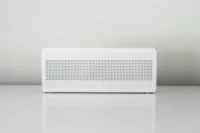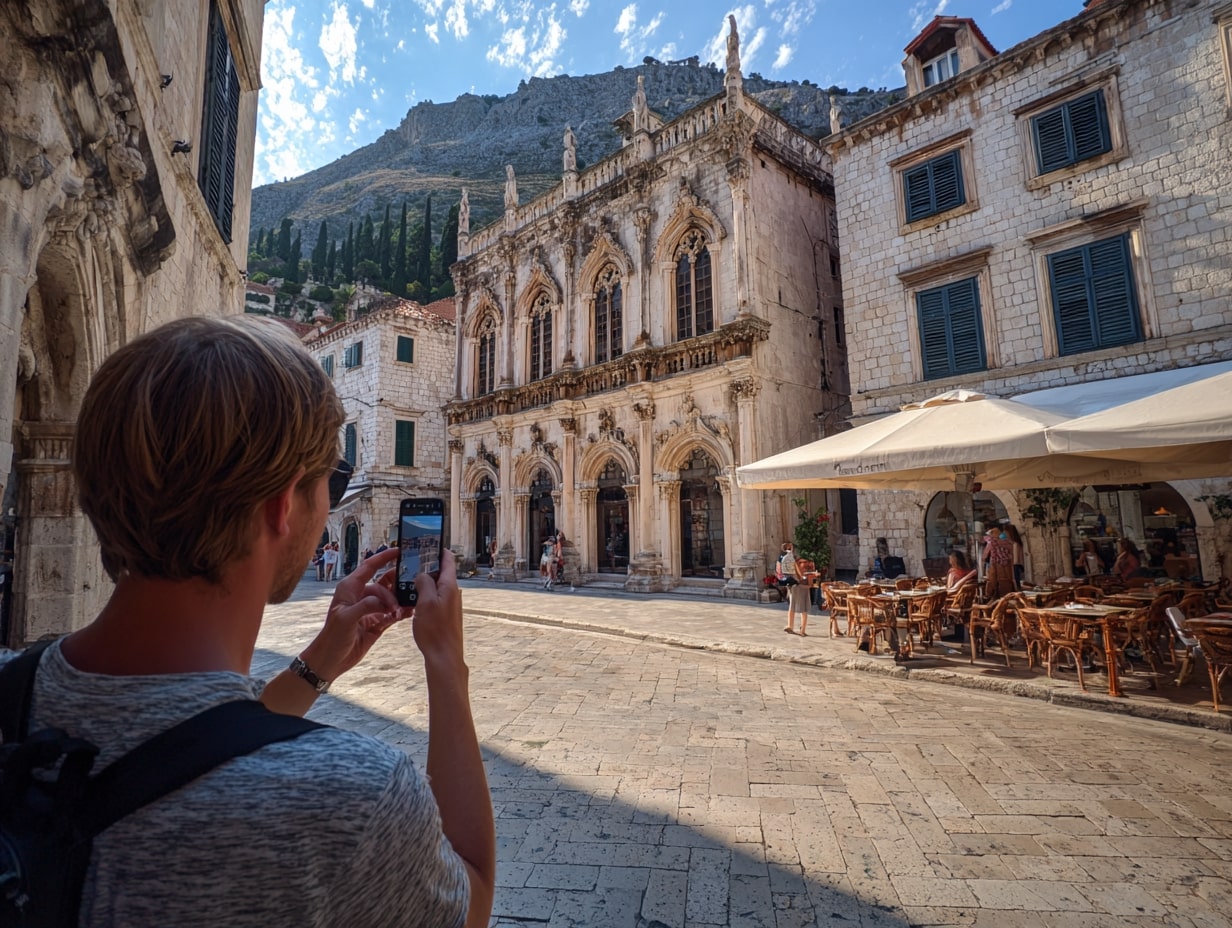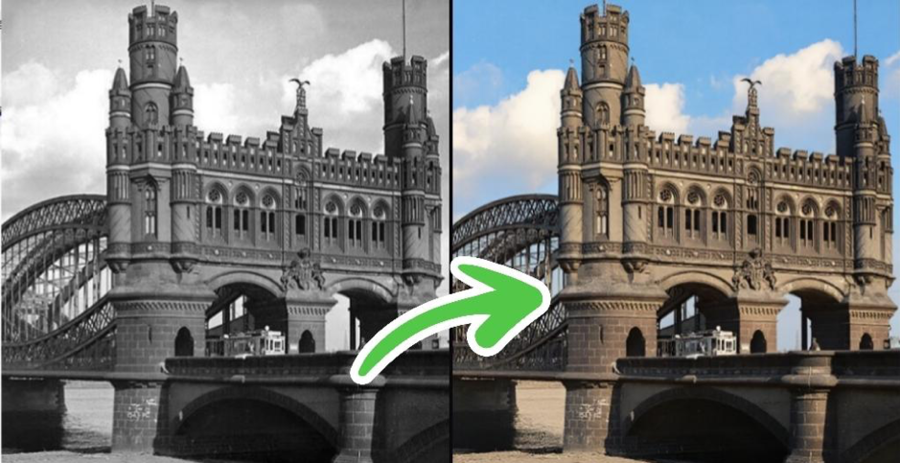- Home
- Articles
- Architectural Portfolio
- Architectral Presentation
- Inspirational Stories
- Architecture News
- Visualization
- BIM Industry
- Facade Design
- Parametric Design
- Career
- Landscape Architecture
- Construction
- Artificial Intelligence
- Sketching
- Design Softwares
- Diagrams
- Writing
- Architectural Tips
- Sustainability
- Courses
- Concept
- Technology
- History & Heritage
- Future of Architecture
- Guides & How-To
- Art & Culture
- Projects
- Interior Design
- Competitions
- Jobs
- Store
- Tools
- More
- Home
- Articles
- Architectural Portfolio
- Architectral Presentation
- Inspirational Stories
- Architecture News
- Visualization
- BIM Industry
- Facade Design
- Parametric Design
- Career
- Landscape Architecture
- Construction
- Artificial Intelligence
- Sketching
- Design Softwares
- Diagrams
- Writing
- Architectural Tips
- Sustainability
- Courses
- Concept
- Technology
- History & Heritage
- Future of Architecture
- Guides & How-To
- Art & Culture
- Projects
- Interior Design
- Competitions
- Jobs
- Store
- Tools
- More
Architectural Photography Beginners Guide: Tips and Techniques to Get Started
Discover the art of architectural photography with this beginner's guide. Learn essential tips on framing, lighting, composition, and equipment to capture stunning structures, from historic landmarks to modern marvels. Master post-processing techniques and avoid common mistakes to create striking visuals that showcase architecture's beauty and stories.

Capturing the beauty and essence of architecture through photography is both an art and a skill. Whether it’s towering skyscrapers, historic landmarks, or intricate interior designs, architectural photography allows us to preserve the stories buildings tell. For beginners, diving into this genre can feel overwhelming, but with the right approach, it’s incredibly rewarding.
We don’t need the most expensive gear or years of experience to get started. What matters is understanding how to frame, light, and highlight the unique features of a structure. With a few essential tips and techniques, we can transform ordinary photos into striking compositions that truly showcase the character of the architecture around us.
Table of Contents
ToggleUnderstanding Architectural Photography
Architectural photography focuses on capturing the aesthetic and functional elements of structures. It highlights the interplay of design, culture, and environment within built spaces.

What Is Architectural Photography?
Architectural photography documents the design and essence of buildings and structures. It includes exteriors, interiors, and details like textures, lines, and patterns. Photographers often use perspective, framing, and light manipulation to emphasize a structure’s character. Examples range from grand historical landmarks to modern urban buildings.
Why Is It Important?
Architectural photography preserves the artistry and intent of structures. It’s vital for professionals like architects, designers, and historians who analyze and showcase designs. For us, it serves as a tool to interpret the cultural, historical, and functional significance of architecture. Well-composed photographs also communicate a building’s story and inspire appreciation for architectural innovation.
Essential Equipment For Beginners
Starting architectural photography requires a few key tools to ensure sharp, well-composed images. Investing in versatile and reliable equipment helps elevate the quality of photographs without overwhelming beginners.
Cameras And Lenses
A DSLR or mirrorless camera with manual control over settings is ideal for architectural photography. Entry-level models like the Canon EOS Rebel T7 or Sony A6000 offer excellent image quality and flexibility. For high-resolution images, sensors with 20 MP or more are preferred.
Wide-angle lenses, such as a 16-35mm or 10-22mm, capture expansive scenes and emphasize the scale of buildings. Prime lenses, like a 35mm or 50mm, are useful for detailed shots or compositions with minimal distortion. Use tilt-shift lenses to correct perspective distortions if available.
Tripods And Other Accessories
A sturdy tripod ensures stability for long exposures or shooting in low light. Aluminum tripods are budget-friendly, while carbon fiber options provide portability. Look for tripods with adjustable height and a ball head for smooth adjustments.
Remote shutter releases or intervalometers reduce camera shake during long exposures. Circular polarizers enhance colors and reduce reflections from glass or water. A camera bag with ample padding and compartments protects equipment and keeps it organized.

Mastering Composition In Architectural Photography
Composition is crucial in architectural photography to create visually engaging and meaningful images. By focusing on structure and organization, we can emphasize the essence of a building’s design.
Lines, Shapes, And Symmetry
Lines, shapes, and symmetry establish visual balance and guide the viewer’s eye through the image. Leading lines can draw attention to focal points or emphasize depth, such as long hallways or staircases. Symmetry, whether bilateral or radial, highlights harmony in the structure’s design, like reflecting façades or domed ceilings. Repeating shapes, such as arches or windows, form patterns that enhance visual interest.
When composing, we ensure horizontal and vertical lines remain straight, avoiding distortions caused by tilting the camera. Adjusting the angle or using post-processing tools corrects minor misalignments.
Framing And Perspective
Framing isolates the subject while creating depth and context within the image. Architectural elements like doorways, arches, and windows naturally frame compositions. For example, an ornate entrance can border an interior view, directing focus inward.
Perspective influences how viewers perceive a structure’s scale and proportions. Shooting from a low angle makes buildings appear towering, while high vantage points emphasize layout symmetry. Maintaining proportional relationships avoids skewing, especially when working with wide-angle lenses. We use tilt-shift lenses if distortions impact the accuracy of vertical lines.

Lighting Techniques In Architectural Photography
Lighting significantly impacts the mood, detail, and character of architectural photographs. Understanding how to use both natural and artificial lighting enables us to capture structures in their best light.
Natural Lighting
Natural light enhances the ambiance and authenticity of architectural images. The time of day and weather conditions determine the quality and direction of light. Early morning and late afternoon, known as the golden hours, produce soft, warm light with long shadows that add depth to designs. On overcast days, diffuse light minimizes harsh shadows and highlights intricate details like textures and patterns.
Shooting at different hours allows us to showcase unique aspects of a building’s design. For example, sunlight streaming through windows during the morning highlights interior shapes, while evening sunlight accentuates facades and exteriors. When capturing interiors, positioning near large windows maximizes natural light. Stunning results come from adjusting angles and camera settings to optimize for available light.
Using Artificial Lights
Artificial lighting controls exposure and highlights specific architectural features. For interiors, we can use ambient lighting from existing sources like chandeliers and lamps to create a warm or dramatic atmosphere. Incorporating additional setup lighting like LED panels or softboxes enhances visibility in dim spaces.
Exterior shots at night benefit from ambient light sources such as streetlights, floodlights, or illuminated signs. These lights emphasize design elements while retaining the building’s context within its environment. Portable light sources, like handheld LED lights, help balance shadows and improve detail in poorly lit areas during twilight or nighttime shoots. Fine-tuning white balance settings ensures consistency across artificially lit images.
Editing And Post-Processing Tips
Post-processing refines architectural photographs by bringing out details, correcting distortions, and enhancing aesthetics. Effective editing transforms raw images into professional, impactful visuals.
Tools And Software
We recommend starting with intuitive editing software like Adobe Lightroom or Photoshop for their comprehensive tools. Lightroom excels in global adjustments, such as exposure, contrast, highlights, and shadows. Photoshop provides advanced features for fine-tuning specific areas or correcting lens distortions. For budget-friendly options, tools like Affinity Photo and Luminar AI offer versatile functionality at lower costs. Mobile apps like Snapseed are great for quick edits if you’re working on the go.
Ensuring images are saved in RAW format during shooting is crucial, as this preserves maximum data, offering more flexibility during editing. Look for software with features tailored to architecture, like perspective correction tools to fix converging verticals in wide-angle shots.
Enhancing Details And Colors
We refine details and colors to highlight architectural textures and designs. Adjusting clarity, sharpening, and structure settings sharpens intricate patterns, such as brickwork or metal panels. Use localized adjustments for targeted enhancements without over-processing the image. Correct lighting imbalances by fine-tuning highlights and shadows to retain dynamic range.
For colors, maintain a natural appearance by carefully adjusting saturation and vibrance. Enhancing neutral tones, like whites and grays, often showcases architectural features effectively. Use selective color correction to emphasize key accents, like vibrant stained glass or metallic surfaces. Pay close attention to white balance settings to ensure consistency and accuracy across the frame.

Common Mistakes To Avoid
Avoiding common mistakes helps improve architectural photography skills. Paying attention to details like weather and surroundings is critical for creating impactful images.
Overlooking Weather Conditions
Weather greatly influences architectural photography. Skipping consideration of conditions can lead to washed-out skies or poor lighting. Clear days enhance details with natural light, while overcast skies offer soft, even illumination. Golden hours bring warm tones and defined shadows. Planning for the weather before a shoot ensures the mood and lighting align with the composition.
Neglecting The Surroundings
Ignoring a building’s surroundings can make images feel incomplete. Clutter, distracting objects like utility poles or trash cans, and unkempt landscaping can detract from the architecture’s beauty. Including complementary elements such as trees, fountains, or pathways adds context while framing the subject effectively. Scouting and adjusting angles minimizes distractions, bringing focus to the structure itself.
Conclusion
By applying these principles of architectural photography, we enrich our ability to capture the essence of structures, ensuring they are not only visually appealing but also meaningful. Whether exploring composition techniques, mastering light manipulation, or refining shots through editing, every step contributes to a deeper connection with architecture and its storytelling potential.
Through practice and attention to detail, we can overcome common challenges and elevate our skills. As we consciously frame moments, balance light, and highlight design features, our photographs transform into compelling visual narratives that celebrate the artistry of architecture.
- architectural exterior photography
- architectural photography for beginners
- architectural photography tips
- Architectural photography tutorials
- architecture beginner photography guide
- architecture photography techniques
- basic architectural photography
- beginner architecture photography tips
- beginner's guide to architectural photography
- best camera for architectural photography
- getting started with architectural photography
- how to photograph architecture
- photography techniques for architecture
Submit your architectural projects
Follow these steps for submission your project. Submission FormLatest Posts
Famous Architectural Photographers You Should Know
Famous architectural photographers you should know—Stoller to Baan. Learn their styles, what...
How to Restore Old Photos of Historical Buildings with AI Tools
Introduction To restore old photos is essential since these contain invaluable memories,...
From Las Vegas to Rome: A Visual Journey by Iwan Baan at Princeton University
The Princeton University School of Architecture presents “From Las Vegas to Rome”...
Unlocking the Art of Architectural Photography: Techniques, Tips, and Equipment Guide
Explore the captivating world of architectural photography in our latest article. Discover...












Leave a comment